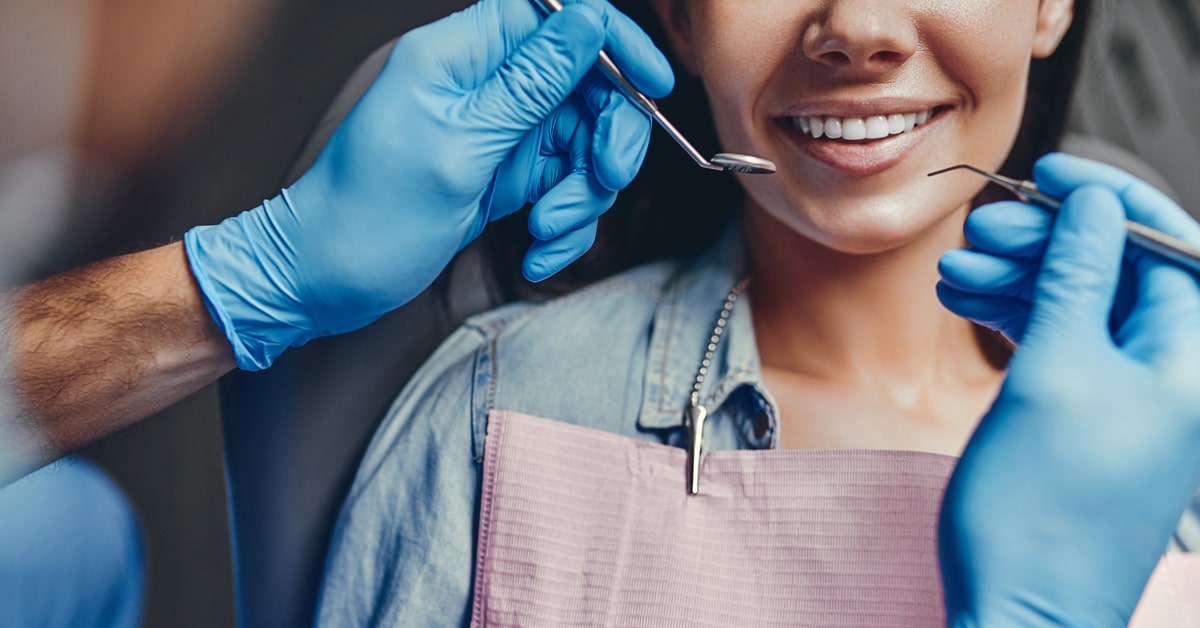Regional dental providers can enhance their profitability by operating remote dental units (RDUs), research from FIU Business shows. RDUs (also known as mobile dental units) serve as a medical social outreach program offering basic dental check-ups to underserved populations in distant rural areas, even though the model is often challenged by the quest for economic viability.
A mathematical location model created by Jong Youl Lee, assistant professor of information systems and business analytics at FIU Business, and his research partners analyzes sufficient conditions to make a regional hospital’s RDU operation economically sustainable and identify the optimal location of an RDU and its impact on a hospital’s profitability.
“We can identify sufficient conditions for hospitals providing this service and showing results that will be especially beneficial to those wanting to reach out with an RDU to an underserved population,” said Lee. “There had been no such model in place until now and it is already available online.”
Forthcoming in the European Journal of Operational Research, the study notes that the ideal scenario from a patient-coverage perspective is to put the RDU far enough away from the dental hospital so patients being treated at the RDU aren’t the same ones receiving attention at the hospital, thereby avoiding “market cannibalization.”
Still, Lee underscored that coverage overlap – where some patients can have a choice to visit either the RDU or the dental hospital for basic check-ups - might be more profitable for some. “The RDU dentist identifies the problem and refers a patient to the main hospital for follow-up complex treatment. Thereby, the RDU can serve as a referral center, expanding the hospital’s coverage of complex surgical care services. This can ensure the hospital profitability even if the basic services through the RDU might have a loss,” he said. “This profitability through referrals is sustained by the recent digital health advances for seamless data sharing between field RDUs and regional medical center experts.”
One thing to avoid: a coverage gap. As the RDU goes to farther areas, there’s less population and demand, along with rising distance costs such as fuel, the opportunity cost of dentists not being available at the hospital, and the increasing inconvenience associated with dentist travel, which results in a decline in revenue.
In the study, the researchers validated the model using figures from multiple resources, including the 2015 Medical Expenditure Panel Survey and the 2020 survey of dental fees from the American Dental Association, which provides representative estimates of healthcare expenditures, payment and insurance coverage for the U.S. population and the national average price of basic dental care and complex care.
The model developed by the researchers considers multiple parameters - including types of service provided by the RDU, cost of operating the RDU, patient demand, co-insurance rates paid by patients – to determine the potential profit. The numbers, Lee explained, can be revised based on the specific circumstances of each hospital that utilizes the model.
In the U.S., dental care is one of the most under-resourced healthcare needs and may not be accessible for many residents of rural or sub-rural areas. Challenges include fewer dental care providers as well as transportation expenses to visit dentists in rural areas. RDUs are staffed by dentists, licensed dental assistants, hygienists and dental therapists, among others, and include equipment such as dental chairs, x-ray machines, air compressors, waste and water tanks, and sterilization instruments.
Lee conducted the research with Balaraman Rajan of California State University and Abraham (Avi) Seidmann of Boston University.

